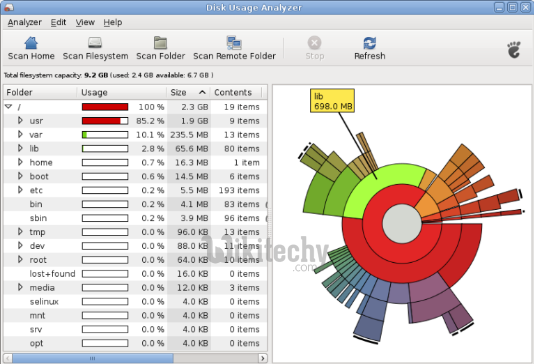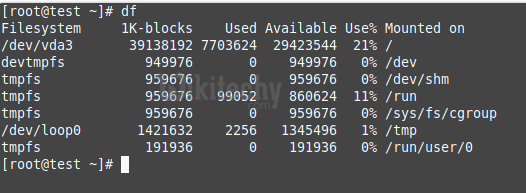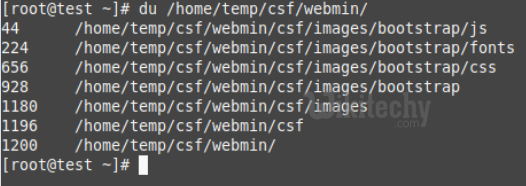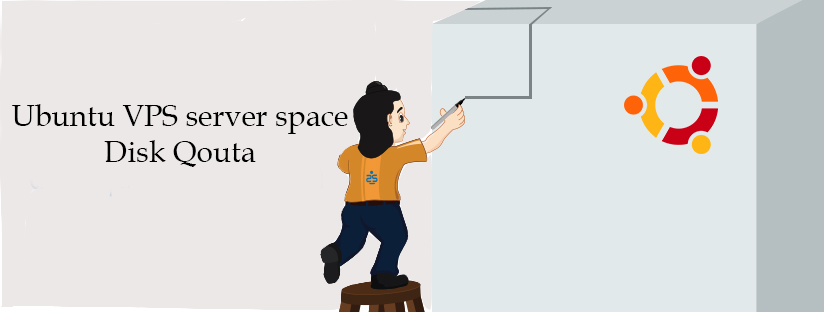VPS Server Space OR Disk Quota

The term “server space” refers to the number of space that’s offered on your server’s disc drive. This area varies consistent with server kind, hosting arrange and presumably by extra services that square measure discovered and offered on your Liquid internet account.
The vps server space or disk space quota is usually set in the best cheap vps hosting package that is allocated to the account. The “disk space” quota is the total quantity of disk drive space designated on the server.
Some of the most important disc drives on the market currently will inhibition to 100TB of knowledge. To higher visualize this, a hundred terabytes of knowledge is more or less equivalent to:
@ 42,000,000,000 trillion spaced typed pages
@ 8,000,000 phone books
@ 160,000 regular compact discs
@ 20,000 DVDs
@ 200 average-sized exhausting disks (500GB)
@ 80 human brains (the capability of somebody’s being’s purposeful memory is calculable to be one.25 terabytes by futurist Raymond Kurzweil within the Singularity Is Near)
Your space will hold varieties|many sorts|many varieties of knowledge together with file types like markup language, TXT, CSS, PHP, PDF, JPG, MP3, MP4, compressed (tar.gz) backups, SQL databases and additional. These files square measure in specific folders that square measure outlined by the applications configuration files or locations you establish.
How do i find the folders containing a specific set of data?
The location of a file depends totally on the sort of file. On a UNIX server, your typical cPanel account is ready up beneath the /home/username folder, and your cPanel account username specifies the username folder. This folder is usually known as the superior or root folder of your cPanel account. This root folder isn’t publicly accessible on the online however, contains folders that square measure accessible via an online browser. the basis folder holds different cPanel specific system folders that use a range of functions.
The Linux cheap hosting usa system administrator can limit the amount of disk space allowance that may be utilized by users by performing disk quota covering them. Implementing disk space quota will restrict the amount of disk consumed, but it is not the only purpose of inserting quotas.
As you’ll see, once uploading files to your account, you’ll possible need them to be in public_html to be accessible on the online. Uploading a picture.jpg file to the public_html folder makes it offered at domain.com/image.jpg. In addition, if you produce a folder inside the public_html directory and add an equivalent image there, it’d be accessible at yourdomain.com/foldername/image.jpg.
To see the location of a file, you have several options;
- Log into your cPanel and open the File Manager under the Files section ‘cPanel >> Home >> Files >> File Manager’ here you can view all of the files and folders in your account’s root directory.
 2. When a cPanel account is initially set up, it also creates the main FTP user. You can use the servers FTP functionality to access folders from a remote location to view the file listings. Several software titles like Filezilla, Cyberduck, and WinSCP are available for this type of connection.
2. When a cPanel account is initially set up, it also creates the main FTP user. You can use the servers FTP functionality to access folders from a remote location to view the file listings. Several software titles like Filezilla, Cyberduck, and WinSCP are available for this type of connection.
3. Lastly, you can connect to the server via SSH and get access to folders/files on the server.
How do I see how much space I’m using?

Let’s start by reviewing a few command line examples; mainly the “du” and “df” commands.
Note
The ‘du’ command sums up the total space of files that exist on the file system, while the ‘df’ command shows blocks available in the file system.
The ‘df’ command (abbreviation for disk free) simply lists the space used per partition:

The ‘du’ command (abbreviation for disk usage) reports the sizes of directories including all of their contents and the sizes of individual files:

Note
There are times when the ‘du’ and ‘df’ commands show different usage amounts. Previously removed files can cause this discrepancy from a running process holding open that file. Open processes cause the ‘df’ command to report that space as still being used. The solution to this is to restart the service to close any open process.
You can also use cPanel to determine the amount of space used and where its located. If you log in to cPanel, you would need to go to cPanel >> Home >> Files >> Disk Usage to get graphical of your disk usage.
Lastly, to view your server’s disk usage in your Manage account server resource graph
- Log into your Manage portal.
- Navigate to the Servers section and then click on the Plus sign (+) next to the server of focus.
- Click on the Dashboard button and click the link next to the Disk Usage text as seen below

This view provides a graphical representation of your disk space and the used amount.
How do I prevent disk space overages?
Disk space overages may result in lost emails, backups or perhaps websites or the server going down! similar to your automobile, your server needs regular server maintenance. Attention to server maintenance reduces lost information. A method to forestall space overages is to use cPanel’s intrinsical tools.
cPanel possess the power to send “Disk Quota Warning” emails that denote once your server is victimization excessive amount of area. They contain specific locations to envision, and therefore the area used. The settings for these emails notifications are in WHM (Web Hosting Manager) beneath the house »Server Configuration »Tweak Settings .

Other areas of server maintenance to check on regularly include:
- Pruning backups
- Logs are rotating correctly (including Domlogs, Apache2, MySql, and Chkservd)
- Regularly archiving email
- Using the /home directory for large user accounts
What are the dangers of being too close to Disk Quota?
When a server gets close to or is at its max disk space capacity, strange errors and problems can manifest themselves in many ways including:
- Services (like MySQL or Apache) can error out or stop
- Websites can become very sluggish
- The servers overall responsiveness can become slower
- The server may exhibit a high load
- You may see degraded disk performance
- The server may display an increase in I/O wait
- The server may demonstrate an increase in CPU usage
- The file system can go into “read-only” mode
- The server can run out of inodes
- Files can become corrupted
- Decreased swap space may occur causing issues
So what do I do if I’m running out of space?
As Benjamin Franklin stated, “By failing to prepare, you are preparing to fail.” In light of this knowledge, taking steps in advance to prevent these issues is always the best course of action. Directly monitoring your server disk space on a weekly or monthly basis prevents most space issues from turning into actual problems.
If you have already reached the point where immediate action needs to be taken to bring a server back in line with normal space expectations, you have several options. Using the “du” and “df” commands are your primary weapons in tracking down used server space.
The primary steps needed are:
a. Log into your server
b. Run a df -h command to locate which partitions are using the most space

c. Change directories into the affected folders using the most space.
d. Run the following command:

Final Thoughts
Over time, any software package will become overcrowded with addition and removal of programs or accounts. Actively observation your server’s area|disc space|space is that the simplest technique to forestall server space problems. If you are doing run into problems, mistreatment the du, df statement tools or, mistreatment the graphical interface in your account permits you to look at files PRN. As always, if you’ve got additional thoughts or questions on this subject, please contact our UNIX operating system Support department for a lot of info.
